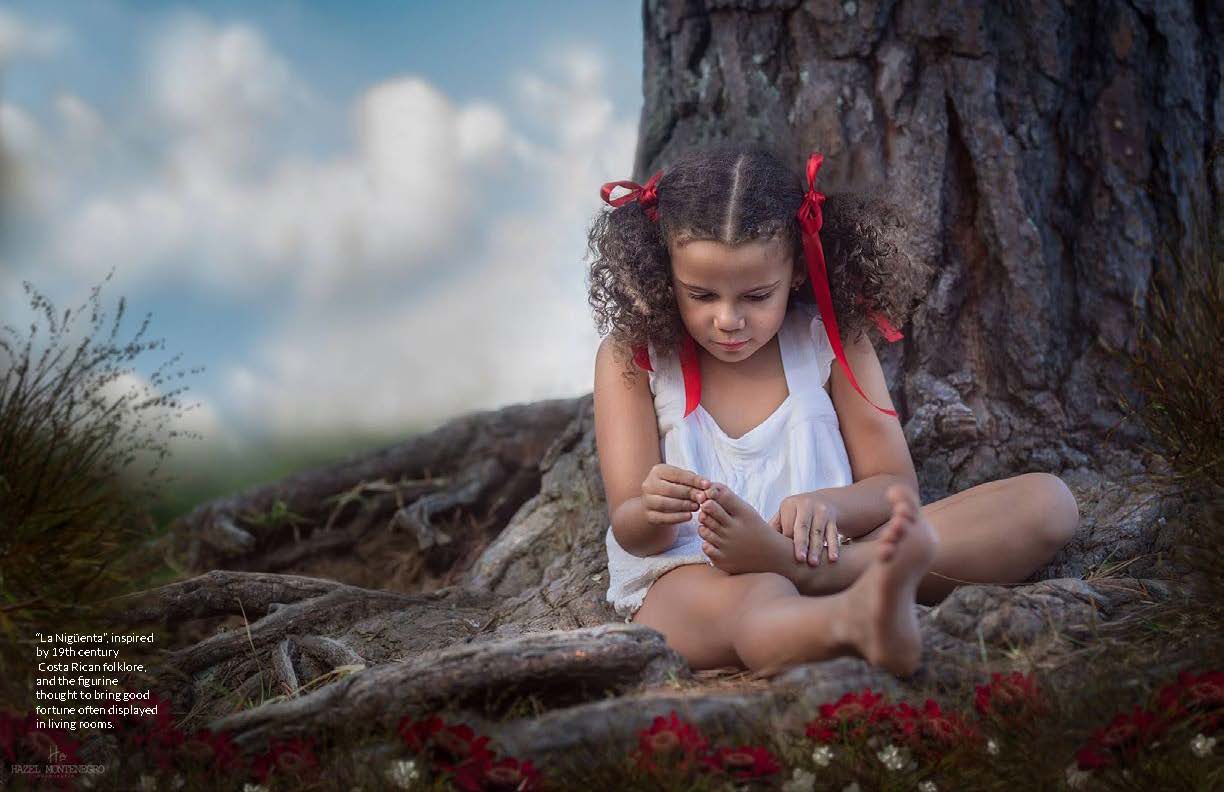
Hazel Montenegro
to Hazel Montenegro Turner Hazel Montenegro Photography for winning best photo #voguemexico #voguelatinamerica #CRFW ! Thanks to Karina Díaz and the killer #CRFW Team for putting together a wonderful event and project promoting the arts to be exhibited around San Jose Costa Rica!
Tormentasolar

Hazel will be our featured artist in November Howler.
Hazel Montenegro is a Costa Rican producer, visual storyteller, photographer, graphic designer, and activist. For nearly two decades her love of the visual arts was kept hidden from the general public with only glimpses revealed from her travel photography. In 2017 she left her full time job as an executive for a major airline to dedicate herself completely to her passion. In Latin America, Montenegro’s work has flourished despite COVID-19 and the demand for her visual narrative spans the arts and entertainment, music, fashion and film industries.
“La Nigüenta,” inspired by 19th century Costa Rican folklore, and the figurine thought to bring good fortune often displayed in living rooms.
Heros

La Nigüenta is an unusual ceramic or plaster figurine and folk icon that is unknown outside of Costa Rica. It may have originated with a French curio, but that remains uncertain. It portrays a young naked girl sitting with one leg on her knee, picking parasites out of her feet. The bothersome critter in question is a nigua, hence the name la Nigüenta.
Niguas are parasitic arthropods called chigoe fleas or jiggers in English. They are the smallest of the fleas and should not be confused with chiggers, found in more temperate climates. Niguas were a very common pest in Costa Rica when many rural people walked around barefoot. They dig into the skin on or between the toes, and the skin reaction can range from mild irritation to serious swelling. The advent of near-universal footwear eliminated niguas as a common human affliction.
La Nigüenta was traditionally used as an all-purpose household agüizote, or good luck charm. Offerings were left for her to ask for good fortune or a particular favor. Today, she is seen as primarily an enchantment to bring economic prosperity. It helps to tuck a few bills under her base, or to prime the pump, if you will. A Nigüenta received as a gift is a far more potent charm than one purchased.
